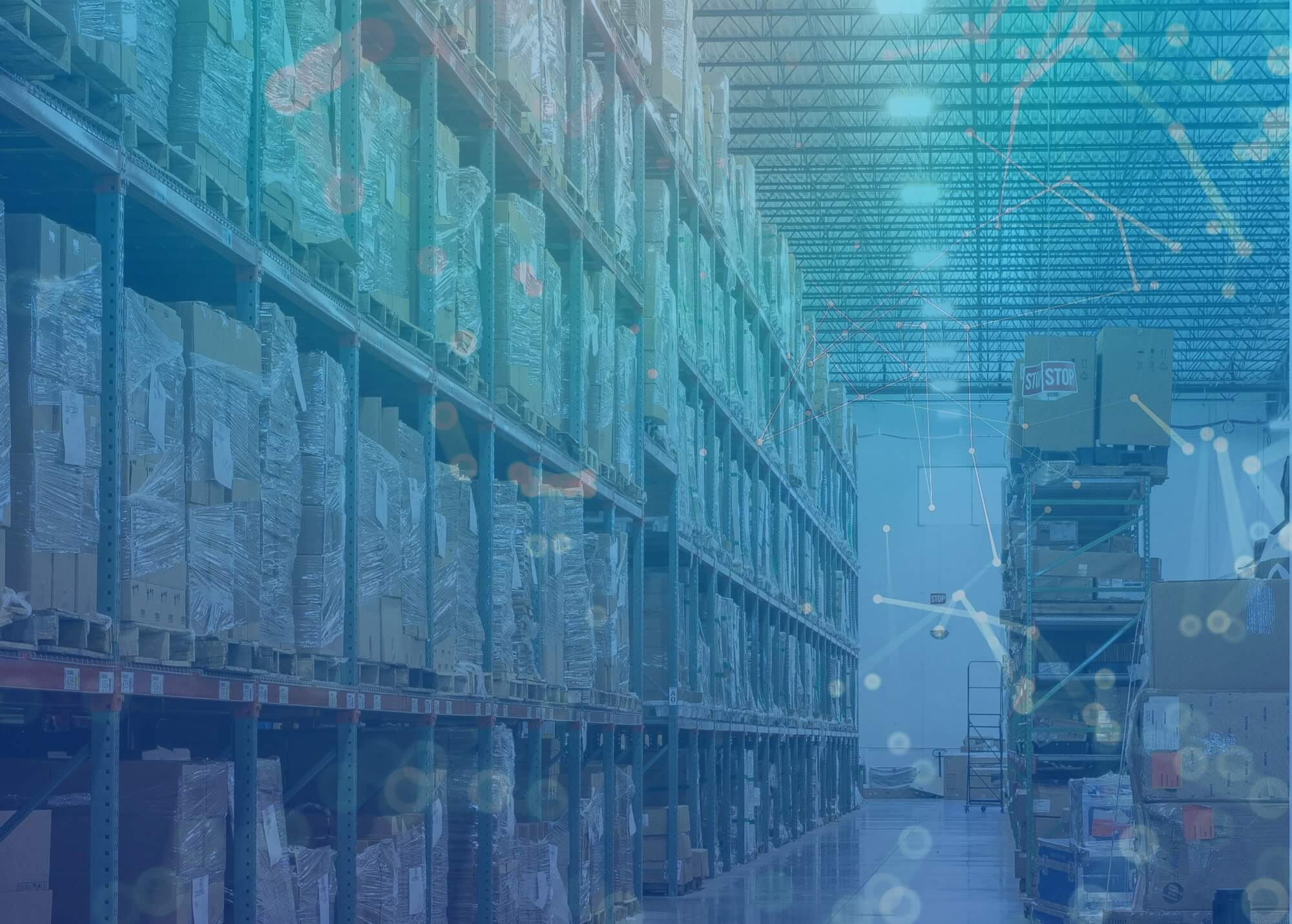Retail Technology Market Trends
Retail is big business. The competition for share of wallet is red-hot in a sector where margins can be razor-thin, driving retailers to streamline inventory and supply chain management, adapt to worker shortages, adopt and maintain new retail technologies to optimize store operations and enhance the consumer shopping experience overall with a focus on digitization. Globally, retail sales are expected to grow to $32.8 trillion by 2026, with millions of companies offering goods and services in-store and online to billions of consumers worldwide.
The market for retail point-of-sale (POS) terminals was $28.7 billion in 2022, with a compound annual growth rate of 7.4% from 2023 to 2030. While fixed POS terminals held the largest share of revenue in the space, the rising adoption of mobile POS (mPOS) terminals is driving much of the growth. mPOS includes devices such as smartphones, tablets and wireless devices that execute the functions of a cash register or POS terminal — think cashless transactions. Intrinsic to those peripheral devices are scanners, barcode readers, receipt printers and other hardware. And not to be left out are the “smart retail” technologies such as artificial intelligence (AI), virtual reality (VR), augmented reality (AR) and connected devices, which are growing at a rapid rate.
All this is to say that the opportunity for retail technology original equipment manufacturers (OEMs) is rising, whether you’re focused on on-premises POS terminals, mPOS terminals or the peripherals associated with them. However, retailers’ dual focus on technology investment and cost efficiency means that retail OEMs must have an equally balanced approach to innovation and cost-effective delivery, implementation, tech support and maintenance, sustainable repair and other retail technology services.
Challenges Retailers Face
Retailers are looking for solutions that help them overcome business challenges and remain competitive overall as technologies and consumer preferences frequently evolve. Top of mind right now are the sky-high consumer expectations that have arisen in an always-on shopping environment marked increasingly by hyper-personalization. Solving these challenges has ramifications throughout the business, from operations that enable precise inventory management, to online and in-store shopping trips rife with digital experiences, to hardware repairs that don’t stunt the flow of revenue.
In its most recent survey of 200 retailer leaders around the globe, Deloitte identified three systemic challenges that could define the retail industry into the next decade:
-
Climate change poses a variety of risks to retailers, including harm to physical assets, delivery challenges and uncertain supply chains. Consumer and regulatory demands for sustainable practices and a growing sensitivity to “greenwashing” by companies misrepresenting their eco-friendly credentials are challenging retailers as well.
-
Worker shortages have the potential to disrupt every aspect of a retailer’s business, and they’re investing in automation, labor-saving and labor-augmenting technologies to thwart it.
-
Ethical issues in supply chain management mean that resilience is the name of the game in the face of labor conditions, climate-related disruptions and geopolitical unrest. Retailers are adopting technologies that improve operational supply chain efficiency, reduce vulnerabilities and ensure more agile responses to disruptions.
Challenges Retail OEMs Face
The challenges retail OEMs face echo those of the retailers they serve. Let’s take a look at a few as they relate to retail hardware in general and retail technology services in particular.
-
Supply chain management and logistics: On the front end of the equation, supply chain issues can affect manufacturing when raw materials and electronic components can’t be sourced or delivered. From a finished products perspective, the inability to forward stock units in strategic locations may leave OEMs unable to meet customer commitments. On the back end, repair and refurbishment services falter without reliable access to the spare parts required to fix them. The ability to scale and standardize technology services suffers, too.
-
Integration and configuration: It is rare that a retail technology device stands alone. Most are tightly integrated within and across locations, often sharing data and information with each other and with IT platforms on a global scale. Even a retailer with a single storefront needs a POS terminal or mPOS device and the peripherals associated with them. OEMs must ensure their products are easily configured, customized and integrated into customers’ retail technology ecosystems — and that when they need repairs, they’re easily reintegrated if things have changed since they were first installed.
-
Global field services: Think about the last time you shopped at a large-ish retailer. Scanners let you check prices on the fly. Kiosks helped you personalize or order items not in stock. Displays beckoned you with come-hither ads. POS machines scanned your purchases and took your payment. With this plethora of technologies that digitize the in-store experience, it’s often more time- and cost-efficient for retailers to service devices such as these onsite. For OEMs whose expertise lies in product development and manufacturing, providing field services — including installation, maintenance and break-fix support — can be a challenge, and it’s not that easy to find a global field services partner who can do it to your high standards on a large scale, either.
-
Depot repair: mPOS devices are, by their nature, more prone to getting dropped, breaking and needing repairs than traditional POS terminals that stay in one spot. While some might consider the price point of mPOS not worth the cost of repair, when hundreds are in play across a retail environment, throwing away $800 devices the second something goes wrong can get expensive. Retailers look to their retail OEMs for quick turnaround and high-quality repairs, and they want visibility into the process, too. As with onsite field services, depot repair is probably not a core capability for OEMs, but it’s one that can make or break a customer relationship.
-
Customer and channel management: In addition to supporting all of their retail technology products, OEMs must also provide adequate support for the ecosystem that sells and uses those products. Without vital support, empowerment, education and training for the customer and partner side of the retail technology solution, OEMs are likely to miss out on valuable opportunities for partner engagement, revenue, expansion and renewals, upsells and cross-sells. An unsupported ecosystem can fall apart quickly, leading customers and partners to look into the competition’s offerings instead.
What to Look for in a Retail Technology Services Partner
As a retail technology OEM, you’re likely selling your products into a variety of retail environments, creating a complex tableau for managing in-house. When you’re ready to outsource, there are several characteristics to look for as you search for the ideal match. Among them are:
-
A consistent, reliable and seamless experience: We’re putting this one at the top of the list because without it, nothing else matters. Your retail customers have one thing in mind — serving consumers well. When your retail technology products are part of that equation, the ability to provide expert service takes on new meaning.
-
Flexible, customized service offerings: Technology services range from basic tech support to advanced product implementations to onsite break-fix services and depot repairs, so the first order of business is “know thyself.” Your service needs may vary by customer, geography and product line. The partner you choose should be able to provide services aligned to your priorities. Flexibility and scalability are key for market expansion and new product launches, too.
-
Global reach and local knowledge: Assuming that you sell your products into various countries and regions — or that you aspire to — the retail technology services partner you choose should have the expertise and infrastructure in place to support you and your customers on a global scale. Forward stocking locations, global certified facilities, import/export professionals, a far-reaching partner network and resilient supply chain processes are the coins of the realm, along with a well-defined and mature global engagement and delivery model.
-
Data and real-time visibility: Access to real-time data and actionable insights enables you to view the status of products and projects so you and your retail customers know exactly what to expect and when. It can also help you keep track of inventory, from in-store POS systems being taken offline for service to the whereabouts of components needed for mPOS repairs. Added bonus: Coupling reliable data with root cause analysis of product failures can drive accelerated business innovation.
-
End-to-end logistics: A technology services partner with end-to-end logistics and supply chain management capabilities stands ready to serve you and your retail customers at any stage of the product lifecycle, from installation and integration through repair/refurbishment and environmentally responsible solutions when products reach end of life.
-
Support for sustainability efforts: The choice of partner can affect your carbon footprint as well as your ability to participate in the circular economy. For instance, those that maintain forward stocking locations near your retail customers reduce the environmental effect of transporting products and spare parts long distances. And those with eco-friendly repair and IT asset disposition capabilities, including recycling, improve your brand’s reputation with customers who are focused on sustainability.
Transform Your Business With a Global Retail Technology Services Partner
Many OEMs outsource to retail technology service partners. Whether you’re wanting to change partners or looking for a partner for the first time, no one can serve you and your customers better than a single partner with end-to-end outsourced retail technology services that reduce operational complexity and costs, enhance the customer experience and accelerate time to market for new products.
Download “Your Guide to Retail Technology Services Outsourcing” for a comprehensive eight-point checklist on finding a partner who’s precisely aligned to your business objectives, your overall values and your plans for the future.
About the Author
 Jared Eckelkamp serves as Vice President and General Manager of Global Field Services. With nearly two decades of experience in the technology sector, Jared leads the global field services (GFS) organization and is focused on driving continued improvements and enhanced profitability for Shyft’s GFS business and customers. Jared has been with the company since 2018, previously serving in finance leadership positions. His expertise has been instrumental in strategic acquisitions and shaping Shyft's continued growth and evolution.
Jared Eckelkamp serves as Vice President and General Manager of Global Field Services. With nearly two decades of experience in the technology sector, Jared leads the global field services (GFS) organization and is focused on driving continued improvements and enhanced profitability for Shyft’s GFS business and customers. Jared has been with the company since 2018, previously serving in finance leadership positions. His expertise has been instrumental in strategic acquisitions and shaping Shyft's continued growth and evolution.



-1.jpg?width=1200&height=801&name=End-of-life%20support%20(1)-1.jpg)

